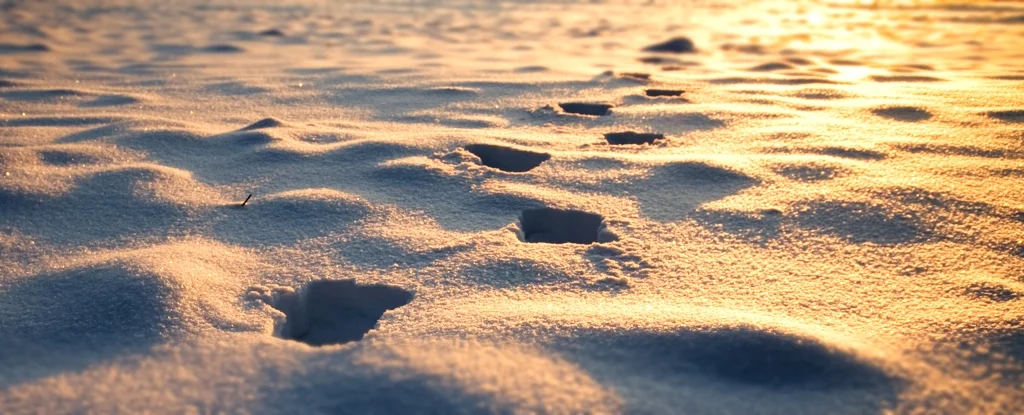Scientists find ancient route to America 24,000 years ago
- December 23, 2023
- 0
A frozen road may have provided ancient travelers with a clear path from Siberia to the New World 10,000 years before the first peoples of the Americas are
A frozen road may have provided ancient travelers with a clear path from Siberia to the New World 10,000 years before the first peoples of the Americas are

A frozen road may have provided ancient travelers with a clear path from Siberia to the New World 10,000 years before the first peoples of the Americas are thought to have arrived. Sea ice may have greatly facilitated early migration, according to data based on studies of sediments and fossilized marine life analyzed by researchers from the U.S. Geological Survey, Woods Hole Oceanographic Institution and Oregon State University.
A presentation by U.S. Geological Survey geologist Summer Pretorius at the American Geophysical Union Annual Meeting (AGU23) in San Francisco suggests that flat expanses of winter ice may play a critical role in facilitating travel at a time when boat travel is so treacherous.
For the better part of a half-century, archaeologists thought that the culture known as the Clovis people were pioneers of the North American continent. Lured by fertile new hunting grounds, families roamed lands briefly exposed when the ice that connected Siberia to Alaska retreated about 13,000 years ago.
The hypothesis had many advantages. Various skeletal remains and similarly styled projectile points found among extinct megafauna provided concrete evidence of their existence, while climate data supported the chronology of relatively easy movement between landmasses.
However, a number of discoveries in recent years continue to undermine the credibility of the early Clovis hypothesis, pushing the arrival of humans into the Americas back to the time of the last glacial maximum more than 25,000 years ago.
An urgent question is how these ancient travelers made this difficult journey in the first place. Although sea levels around 36,000 years ago were probably low enough to open a solid bridge across the top of the world, it would have been difficult to cross the hard cover of snow and glaciers that covered the landscape, if at all.
As glaciers begin to retreat, a thin strip of coastal ecosystems can provide communities with resources and boating opportunities. A 14,000-year-old settlement on Canada’s west coast further supports the possibility that pre-Claudian humans moved slowly along the water’s edge.
The algal highway hypothesis suggests that marine technology is up to the task of transporting families safely across thousands of kilometers in a cold marine environment, and that this ability depends largely on when the journey is made.
As freshwater streams pour into the ocean, their window of opportunity may have closed during critical warm periods when accelerated melting would cause currents to turn in the wrong direction for migrating paddlefish, according to a study published in 2020.
According to Pretorius and his team, analysis of climate models confirms that strong winds and lower sea levels would have helped make ocean currents twice as strong 20,000 years ago as they are today, increasing the woes of future sailors. But the record also suggests that by about 15,000 years ago there was significant amounts of winter sea ice on which migrants could walk or even sled.
“We define 24.5-22 [тисячі років тому] and 16.4–14.8 [тисячі років тому] Early migration along the Alaskan coast, facilitated by movement and existence on the “sea-ice highway”, are the most likely time periods, the researchers noted in their report.
This does not mean that sailing should be excluded during periods when the currents are in your favor. Nor is it conclusive evidence that such journeys actually occur.
Source: Port Altele
As an experienced journalist and author, Mary has been reporting on the latest news and trends for over 5 years. With a passion for uncovering the stories behind the headlines, Mary has earned a reputation as a trusted voice in the world of journalism. Her writing style is insightful, engaging and thought-provoking, as she takes a deep dive into the most pressing issues of our time.